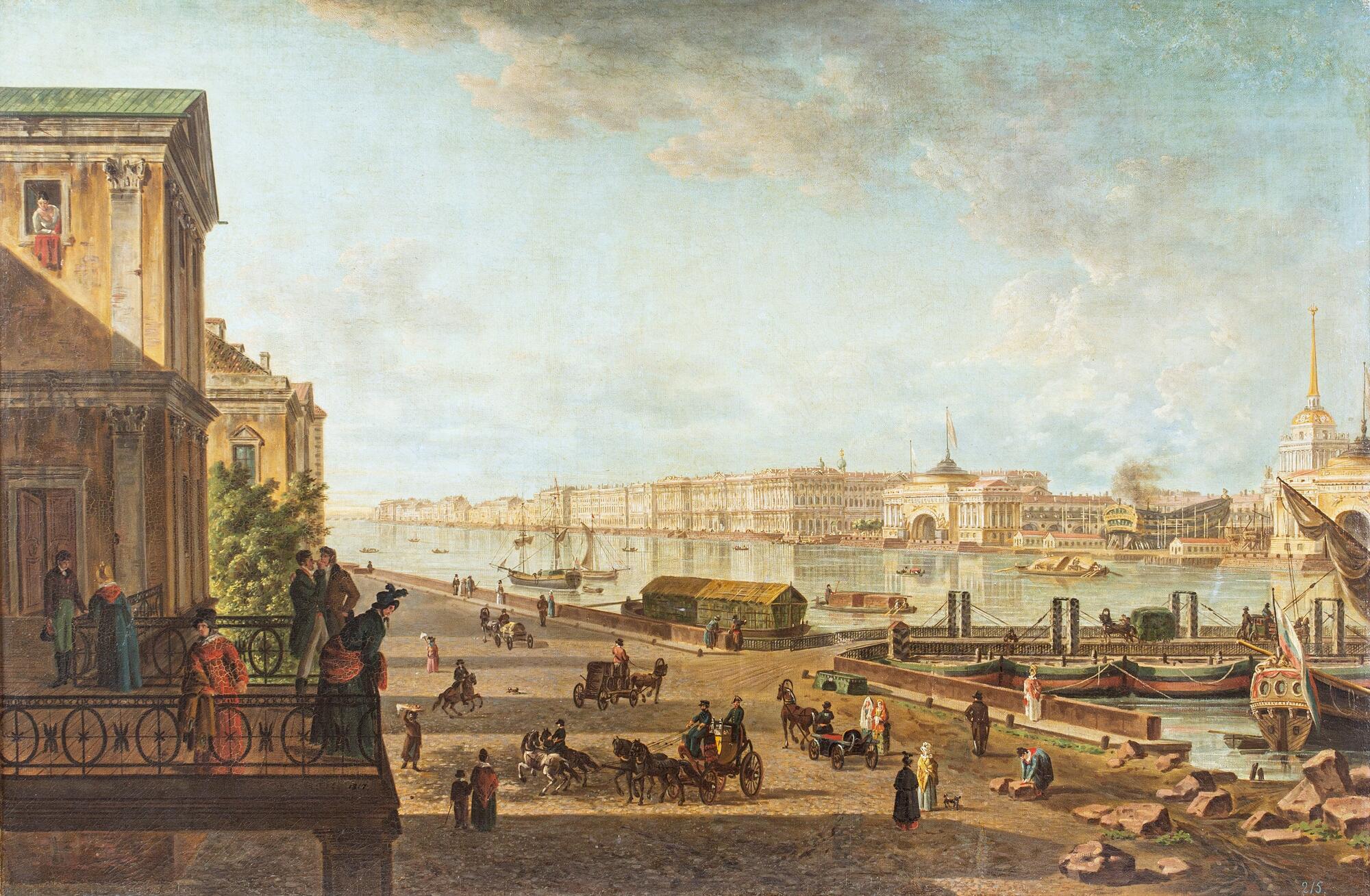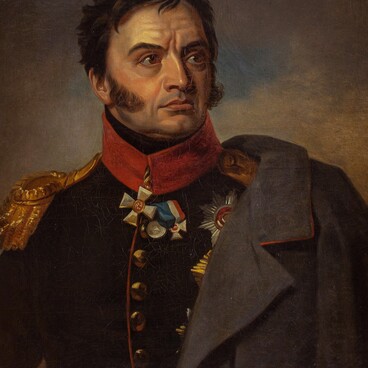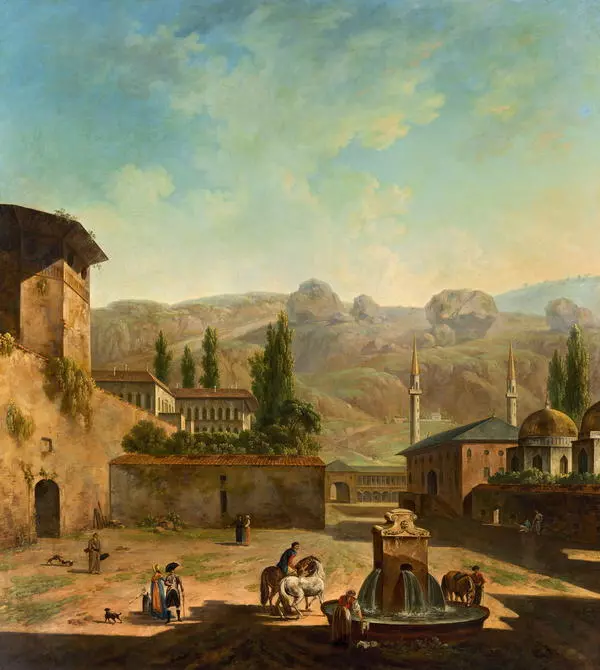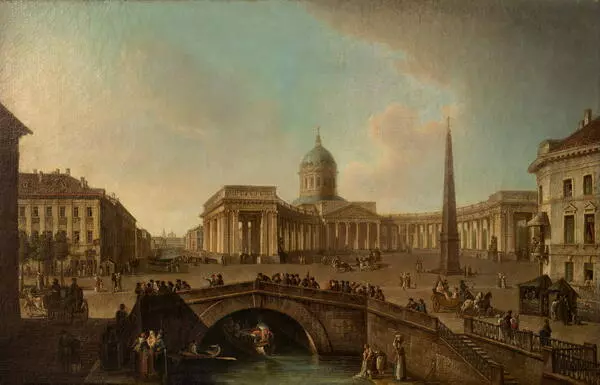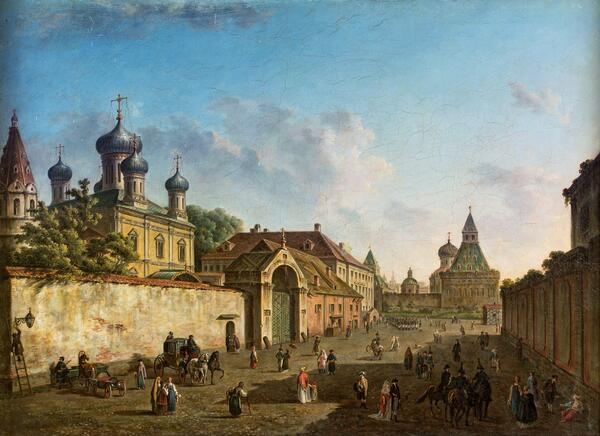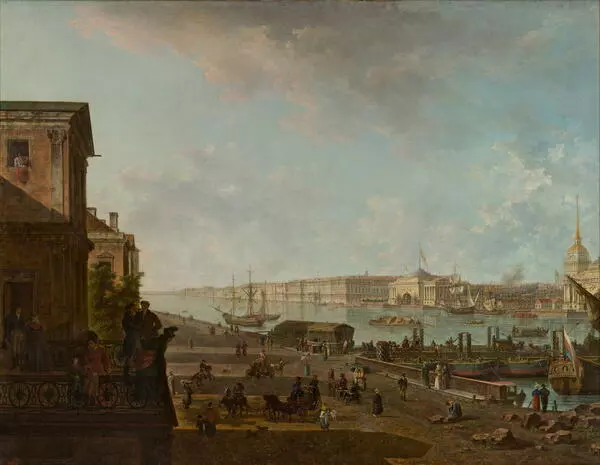The painting “Petersburg. View of the Neva and the Admiralty” from the collection of the National Pushkin Museum offers an opportunity to see the city as the great poet saw it in the first quarter of the 19th century.
The canvas was painted by Fyodor Alekseyev, one of the founders of the Russian school of landscape painting. He studied at the Academy of Fine Arts, graduated with a Small Gold Medal and was sent by the Academy to Venice. In the 1780s, the artist was commissioned by Empress Catherine II to create works for the Hermitage. In 1794, he received the title of academician of perspective painting for “View of the City of St. Petersburg along the Neva River”. From then on, St. Petersburg became one of the main themes in the artist’s work. He received special recognition for the views of Moscow and St. Petersburg, made in the 1800s–1810s.
In 1811, as a 12-year-old boy, Pushkin came to the capital, St. Petersburg, to study at the Tsarskoe Selo Lyceum. In June 1817, after leaving the Lyceum, he was appointed to the College of Foreign Affairs. He spent the summer in Mikhaylovskoye and came to “indefatigable Petersburg” in September. “View of the Neva and the Admiralty from the Academy of Arts” was painted by Alekseyev in the same year. Hence, this was the city that a very young, 18-year-old Pushkin saw and lived in for three years, before being “transferred to serve” in the south of Russia.
Metropolitan life fascinated the former lyceum
student. Pushkin’s brother Lyovushka accurately remarked,
